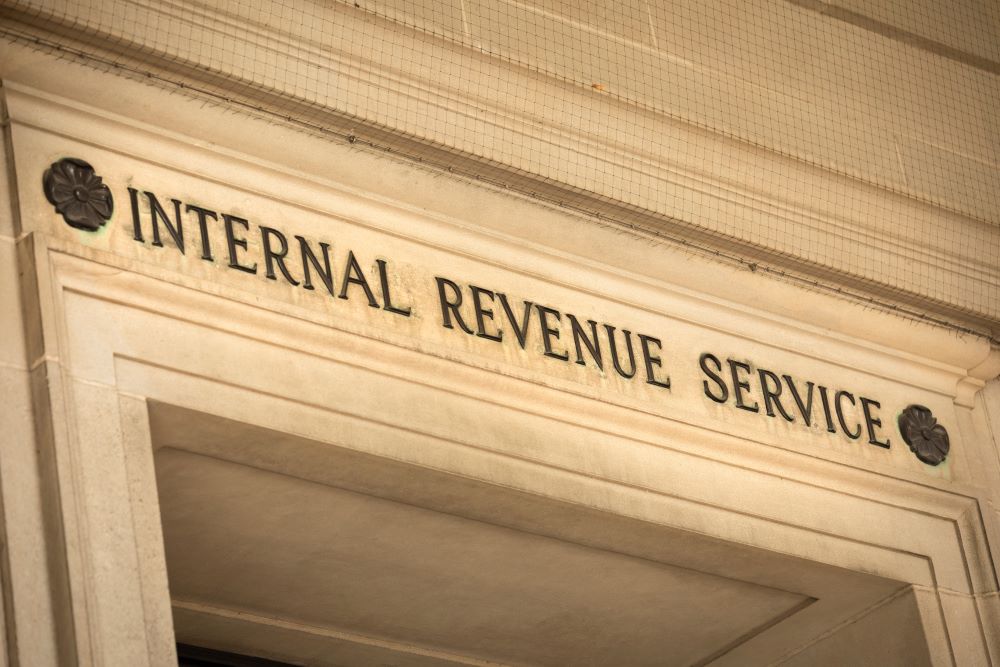
October 26, 2022

Required minimum distributions (RMDs) are an important part of a beneficiary’s or heir’s tax planning since income tax is due on RMDs in the year the distribution is taken. Previous rules allowed beneficiaries to stretch payments over their lifetime or take the full distribution in later years after the account holder’s death. This approach provided for a more targeted tax plan. The SECURE Act changed how RMDs for inherited accounts work, but at the time failed to provide clear guidance. As a result, many taxpayers who were supposed to make RMDs in 2021 or 2022 did not.
The IRS recently announced there will not be a penalty imposed on taxpayers who failed to take (RMDs) on inherited retirement plans in 2021 or 2022. Outlined in IRS Notice 2022-53, the guidance provides extra time to transition to the new SECURE Act RMD rules. To help clients, prospects, and others, Wilson Lewis has provided a summary of the key details below.
Required minimum distributions are the minimum amount an employee or beneficiary must withdraw each year from a qualified retirement plan to avoid paying a steep tax penalty. RMDs must be taken starting at age 72 for taxpayers whose 70th birthday is July 1, 2019, or later. Taxpayers can withdraw more than the minimum amount. These distributions are taxed as ordinary income except where the original proceeds were already taxed.
The retirement plans subject to RMD rules are:
Under previous rules, if an employee has already started receiving RMDs, the entire balance of the retirement plan would need to be distributed over the employee’s life or the lifetime of the designated beneficiary. If the employee died after RMDs began, the remaining interest must have at least followed the same RMD schedule as when the employee was alive.
If RMDs hadn’t yet started, the entire account balance must have been distributed either within five years of the employee’s death or distributed over the designated beneficiary’s life expectancy. Heirs or eligible beneficiaries could wait until the last year of the five-year period to take RMDs – an important distinction compared to the new ten-year rule under the SECURE Act.
Employees or their beneficiaries are subject to an excise tax of 50 percent in any year they fail to take the RMDs.
The SECURE Act, which became law in December 2019, amended rules to add that if an employee of a defined contribution plan has a designated beneficiary, the five-year rule is extended to ten years. The new ten-year rule applies regardless of whether the employee started to receive RMDs or not. Most non-spouse beneficiaries are required to take the full distribution within ten years, versus the lifetime or life expectancy payments. For many Atlanta taxpayers who inherit IRAs or other qualified retirement accounts, the tax impact can be staggering.
Only eligible designated beneficiaries are now permitted to take the life expectancy payments. Eligible designated beneficiaries who are exempt from the ten-year distribution rule are:
The age of maturity is usually 18 but it is up to each state to decide. Chronically ill or disabled individuals would need to meet the guidelines under Social Security to qualify as designated eligible beneficiaries.
However, if the designated beneficiary dies and the employee’s interests have not yet been fully distributed, the beneficiary must liquidate the entire account balance within ten years. Payments under certain annuity contracts that began before December 20, 2019, are exempt from the new RMD rules.
Unlike previous guidance, instead of waiting four years to take any distributions, heirs or beneficiaries need to begin taking annual RMDs the year after the employee’s death. Given the timing of the SECURE Act, it was this point of confusion that led many beneficiaries to skip an RMD in 2021 if the employee died in 2020.
These new rules were supposed to apply to RMDs in 2020 and 2021.
Issued on October 11, 2022, the Notice clarifies that the final regulations for RMDs under Section 401(a)(9) – the part of the Internal Revenue Code that stipulates RMD rules – will apply beginning in the 2023 distribution calendar year.
During the open comment period, the IRS and Treasury received public comments expressing confusion about the treatment of the new ten-year rule. Specifically, commenters, who were themselves heirs or beneficiaries of plans for an employee who died in 2020, said if they had known the new rule would operate differently than the previous five-year rule, they would have taken an RMD in 2021 and/or 2022. Without relief, these taxpayers would have faced a 50 percent excise tax.
Notice 2022-53 also clarified guidance for other RMD scenarios in 2021 and 2022.
The Notice does not impact eligible beneficiaries since they already had the option to waive the ten-year rule. Minor children under the age of majority who inherit a qualified retirement account still need to plan: once they do reach the age of maturity, the ten-year rule kicks in.
Starting in 2023, the SECURE Act’s revised RMD rules take effect. For taxpayers with a 72nd birthday coming up, they’ll need to start taking RMDs by April 1 the year after their required beginning date. For inherited account holders, the employee’s or original account holder’s date of death and the type of beneficiary will determine what kind of RMDs to take, and when.
Contact Us
There could be more changes in the months to come. SECURE 2.0 passed the House of Representatives and was last seen in the Senate Finance Committee. If passed in its current form, it would increase the age for RMDs from 72 to 75. If you have questions about the information outlined above or need assistance with a tax or accounting issue, Wilson Lewis can help. For additional information call 770-476-1004 or click here to contact us. We look forward to speaking with you soon.